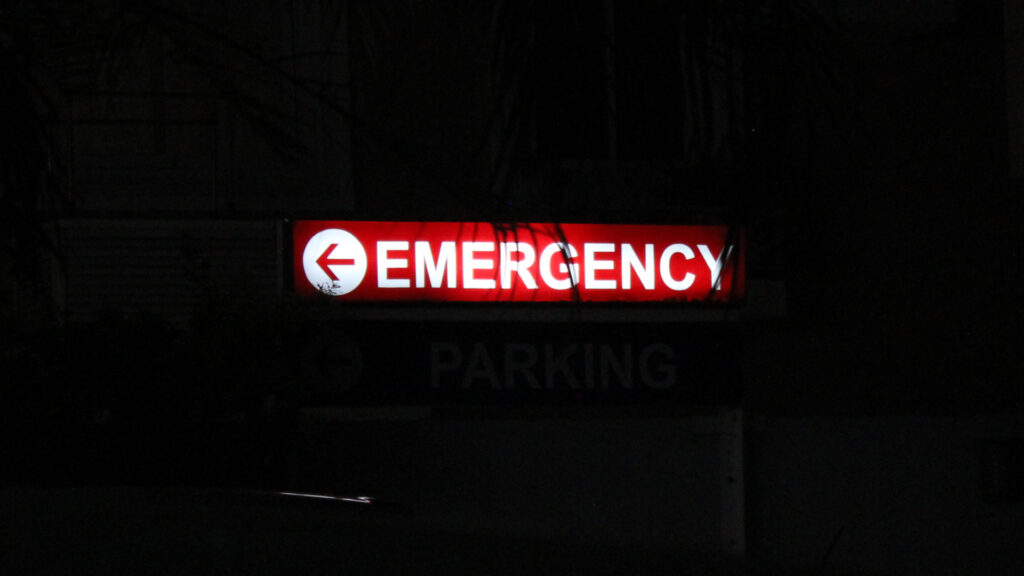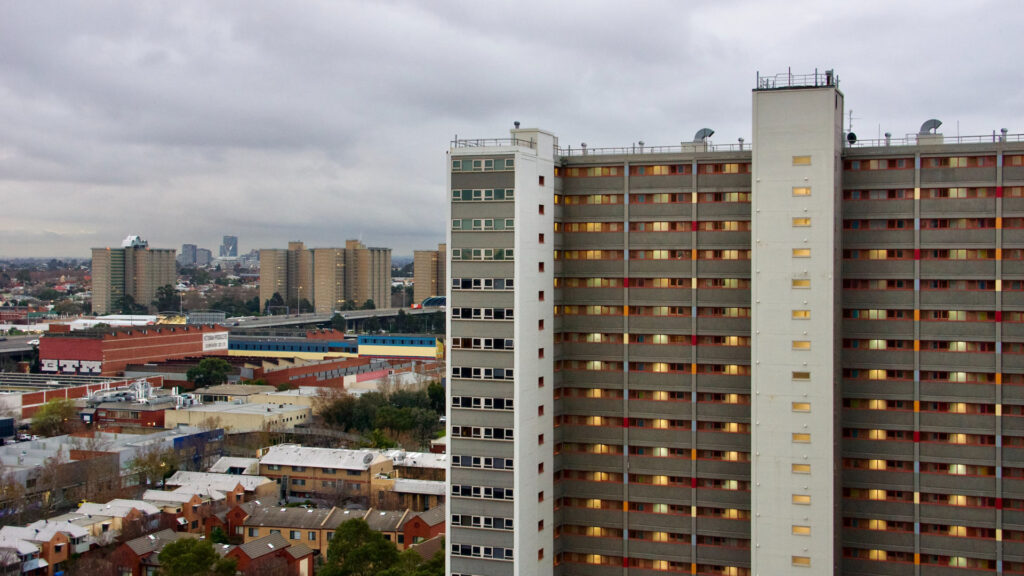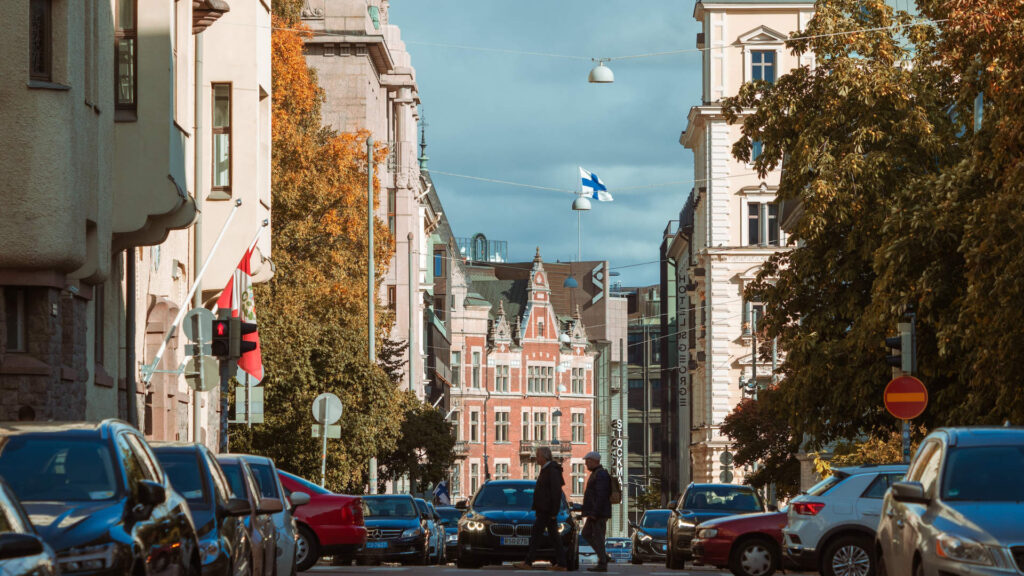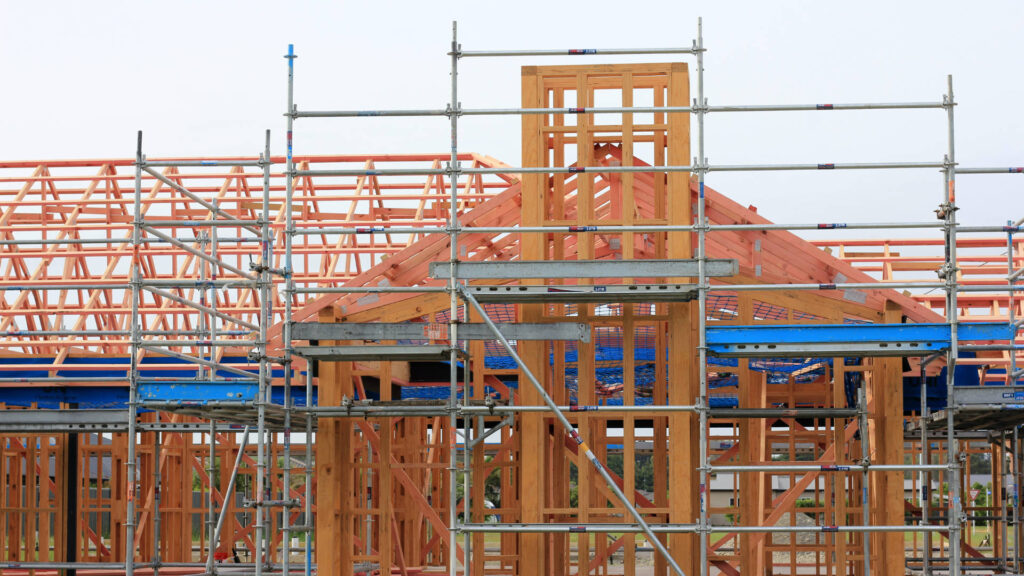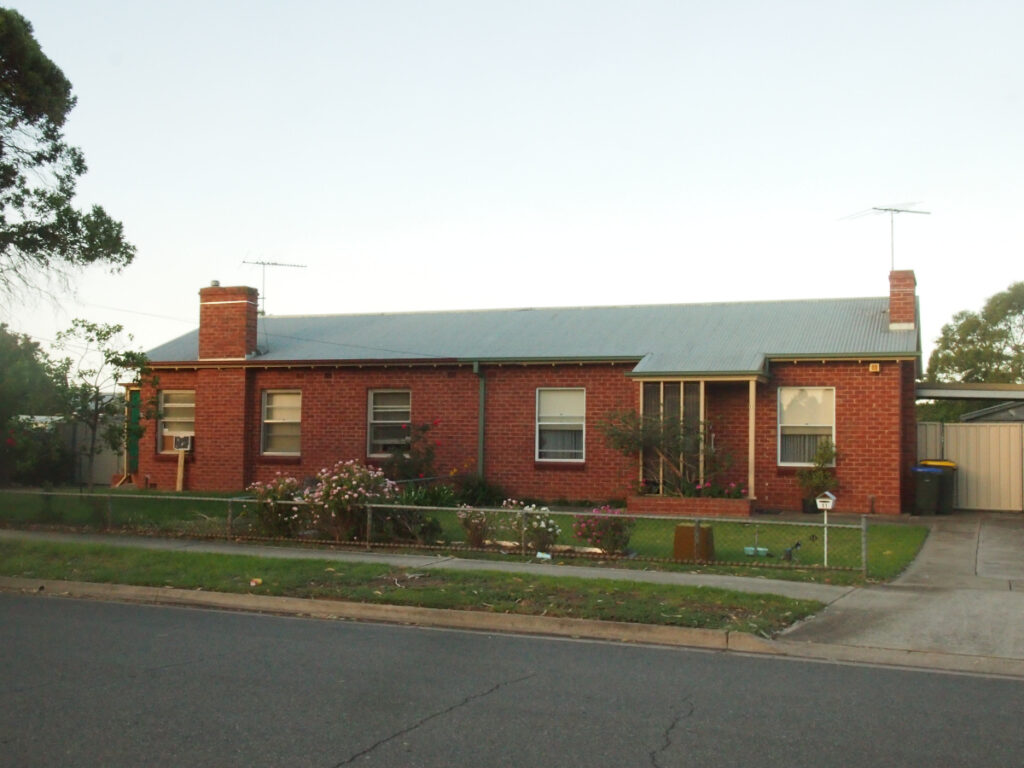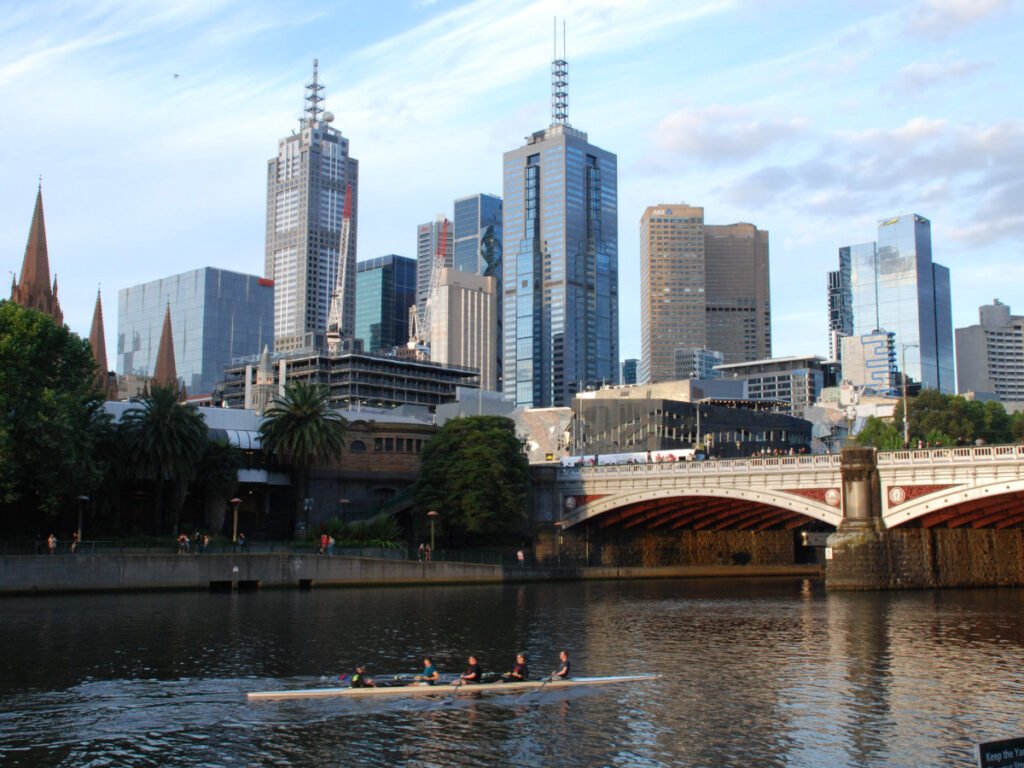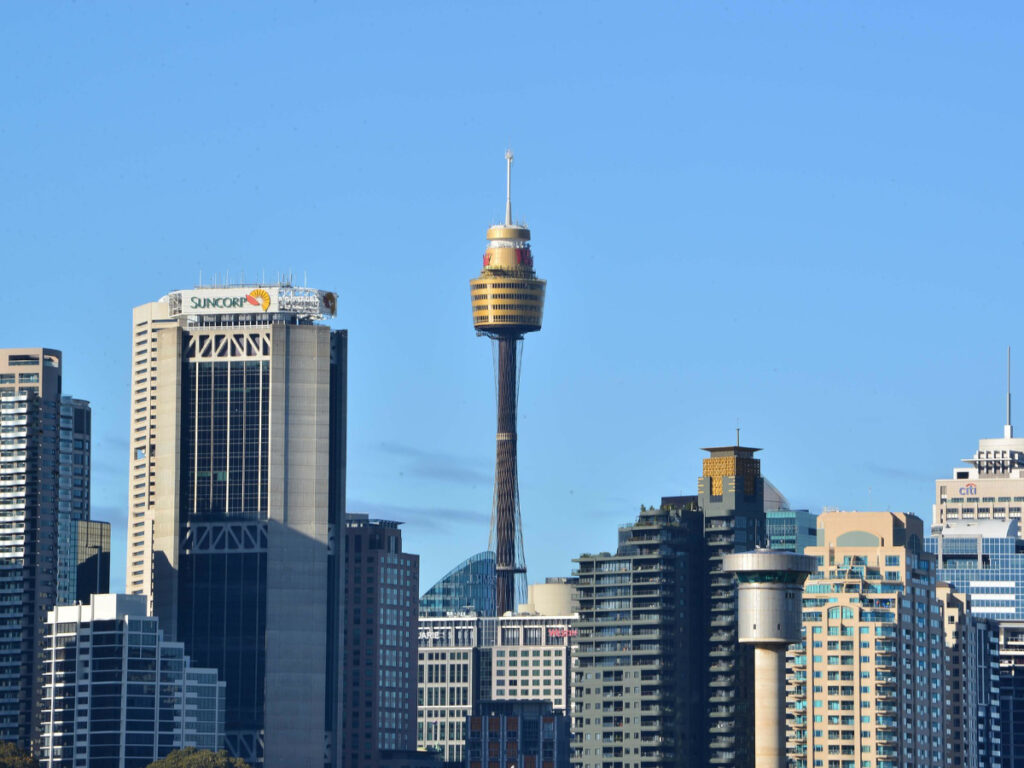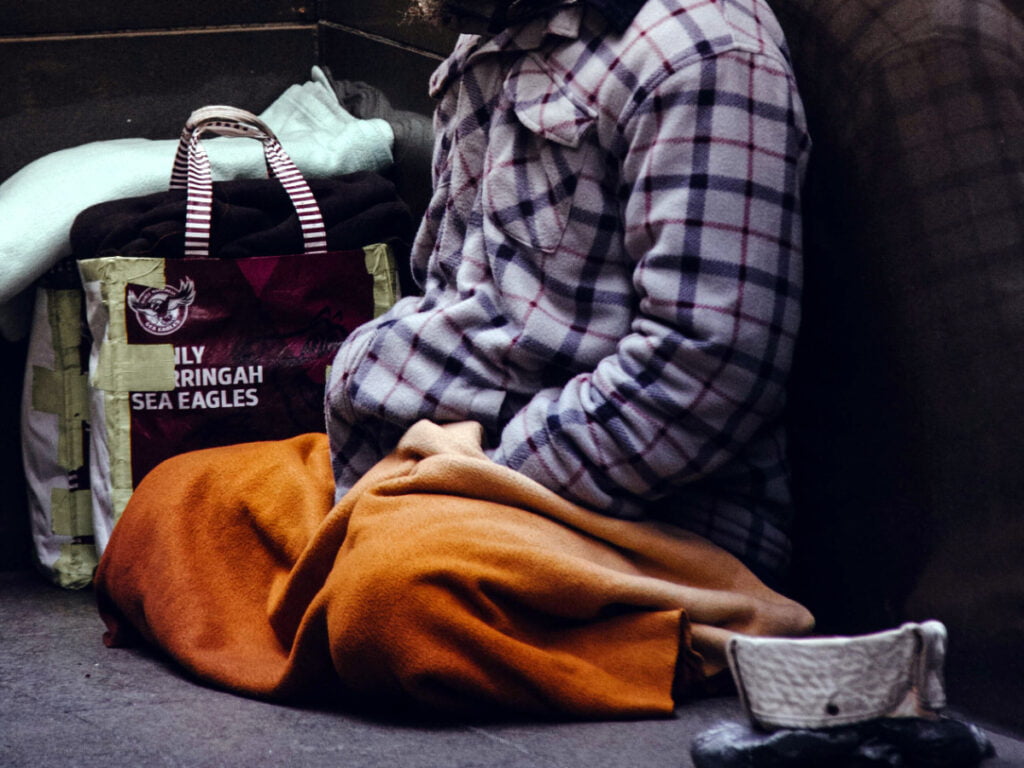Study finds lack of available social housing and unaffordable private rentals mean people entering crisis accommodation have no pathways out
Emergency accommodation is often unsafe, inappropriate, of poor quality and compounds the trauma of people experiencing housing crisis, a new report has found.
The lack of available social and affordable housing coupled with inaccessible and unaffordable private rentals meant that most people who entered crisis accommodation had no meaningful pathways out.
Demand for emergency housing was also vastly outstripping supply, which meant services were resorting to acquiring unsuitable and often unsafe short-term accommodation, such as in rooming houses, hostels, motels and caravan parks.
